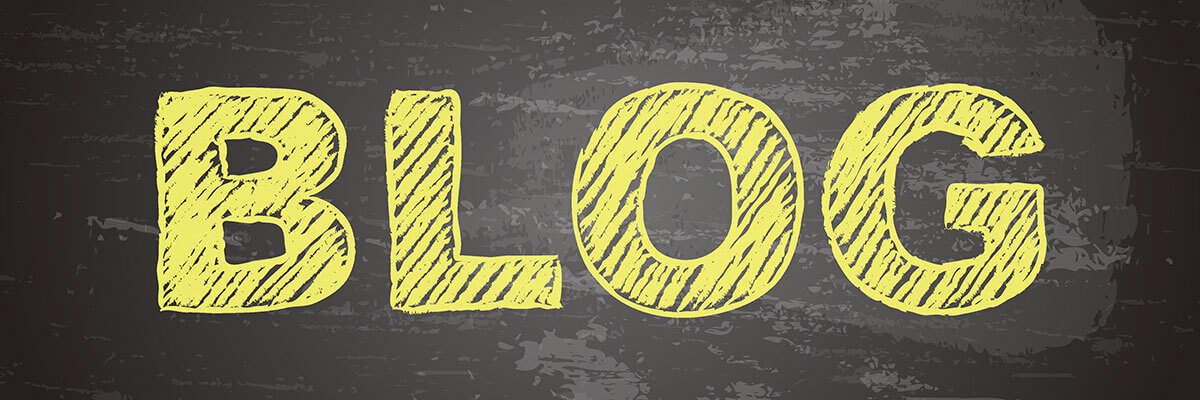Renovating a Bathroom in Toronto?: What Should Come First
Thinking about renovating a bathroom? Read this guide to find out which project to tackle first.
Did you know that a renovated bathroom will give you a 70% return on your investment if you were to sell your home?
Even if you’re not planning to sell, there are still benefits in renovating a bathroom in Toronto. It makes your home more functional, enjoyable, and luxurious.
These days, many people are trying their hands as DIY bathroom renovations.
Whatever the reason for your project, use this guide to ensure your DIY bathroom renovation goes smoothly.
You can save yourself time and trouble by understanding how to renovate a bathroom in the right order.
Read on to know the step-by-step order for your bathroom reno.
Decide on a Bathroom Design
The first thing you need to do before you lift a crowbar is deciding what your new bathroom will look like.
You should decide if you are replacing all the fixtures including your shower, tub, and sink.
What about storage? Are you going to add shelves or use a closet? Plan for either ahead of time.
Then, choose paint colors that work well with the tiles you choose.
Maybe most important of all is knowing where the electrical wiring and plumbing pipes are. You could end up with costly repairs if you don’t get these measurements right.
Rent a Dumpster
You’d be surprised how much trash there is during a DIY bathroom renovation.
Do yourself a favor and rent a dumpster. The interior of your car will thank you. And you’ll save yourself multiple trips to the dump.
Remove or Demolish Bathroom Fixtures
If you are renovating a bathroom completely, now is the fun part! You get to start demolition. A total renovation includes removing the drywall, flooring, fixtures and starting from scratch.
It isn’t hard to break stuff, but there are some steps that will help you avoid problems. And make sure you wear your protective gear such as a mask and safety goggles. Then you’re ready to get to work.
First, drain the toilet with a pump. That way you don’t spill toilet water when you remove your old toilet.
Then, if you are keeping the tub, place a drop cloth to cover the tub and start removing the shower tiles. If you’re getting rid of the tub, the drop cloth isn’t important.
Then remove cabinets, the vanity, mirrors and lighting fixtures.
Lastly, remove all the baseboards with a flat crowbar. If you plan to reuse the same baseboard, do this step carefully to avoid getting dings in them.
If you see any water damage or rotted wood on your subfloor, replace it before installing your new flooring or shower tiles.
Install a new Shower and Tub
At this point, you have an empty room with bare bones.
Install cement board instead for the shower/tub wall. Use a waterproofing membrane to guard against water damage.
You can now tile and grout your shower and install a new tub.
You will drop tiles which is why you do this step before you have flooring.
Hang New Drywall & Paint
Now it’s time for the drywall. Remember to use tape to cover seams and fill in any gaps with drywall mud. Sand the walls.
Next, prime and paint the walls. Don’t worry about drips on your subfloor.
And since there’s no trim, you don’t have to worry about making your bottom edges perfect. The trim will cover the bottom bit of the wall.
Choose a paint that is designed for bathrooms. This special paint resists mold and mildew growth from the humidity.
Lay Down New Floor Tiles
Next is one of the most labor-intensive parts of renovating a bathroom. Before laying floor tiles, use mason’s chalk lines to make 90-degree angles to the wall. Make as long as continuous line as you can.
This will help you lay straight tiles. Otherwise, you could end up with a crooked tile job that looks amateurish.
Hook up the Toilet
The reason why you wait to install the toilet is so that you don’t accidentally chip the porcelain while you work with tile.
Remember, a toilet is the one accessory in any bathroom that is used most often. During your renovation, you may want to opt for a slow-closing lid or high-efficiency toilet.
You see, knowing how to renovate a bathroom has a lot to do with understanding the order of things.
Keep going, you’re almost done!
Install Your New Vanity, Lights and Cabinets
Next, install the vanity, sink, and faucet. Caulk and seal all the edges.
Then move on to any cabinets, shelves, mirrors. By now, your bathroom really looks like a bathroom.
Finishing Touches
The last thing you’ll do in your newly renovated bathroom is installing trim. This detail helps make the room look finished.
It’s easier to paint trim before it is installed. So do that first in an open space.
Then install your trim in the bathroom.
Next, look over your DIY bathroom renovation carefully. What touchups do you need to do?
Maybe there’s a ding in the wall from when you brought in your vanity. Make a list of remaining items and do them.
Many people forget this step and will go months or years with tiny details left unfinished. Don’t skip the final 1% of work that will make your bathroom showroom ready.
Then, there’s just one final step in your DIY bathroom renovation: take a nice, long, hot shower or bath. You’ve earned it.
Final Thoughts on Bathroom Renovation in Toronto
Thanks for reading. We hope this guide on DIY bathroom renovations has helped give you the instructions you need to complete your project.
But, you don’t have to do your project alone. At Solid Arc Construction, we have experience in general contracting, kitchens, bathrooms and basement renovations.
Contact us today to discuss your project.

